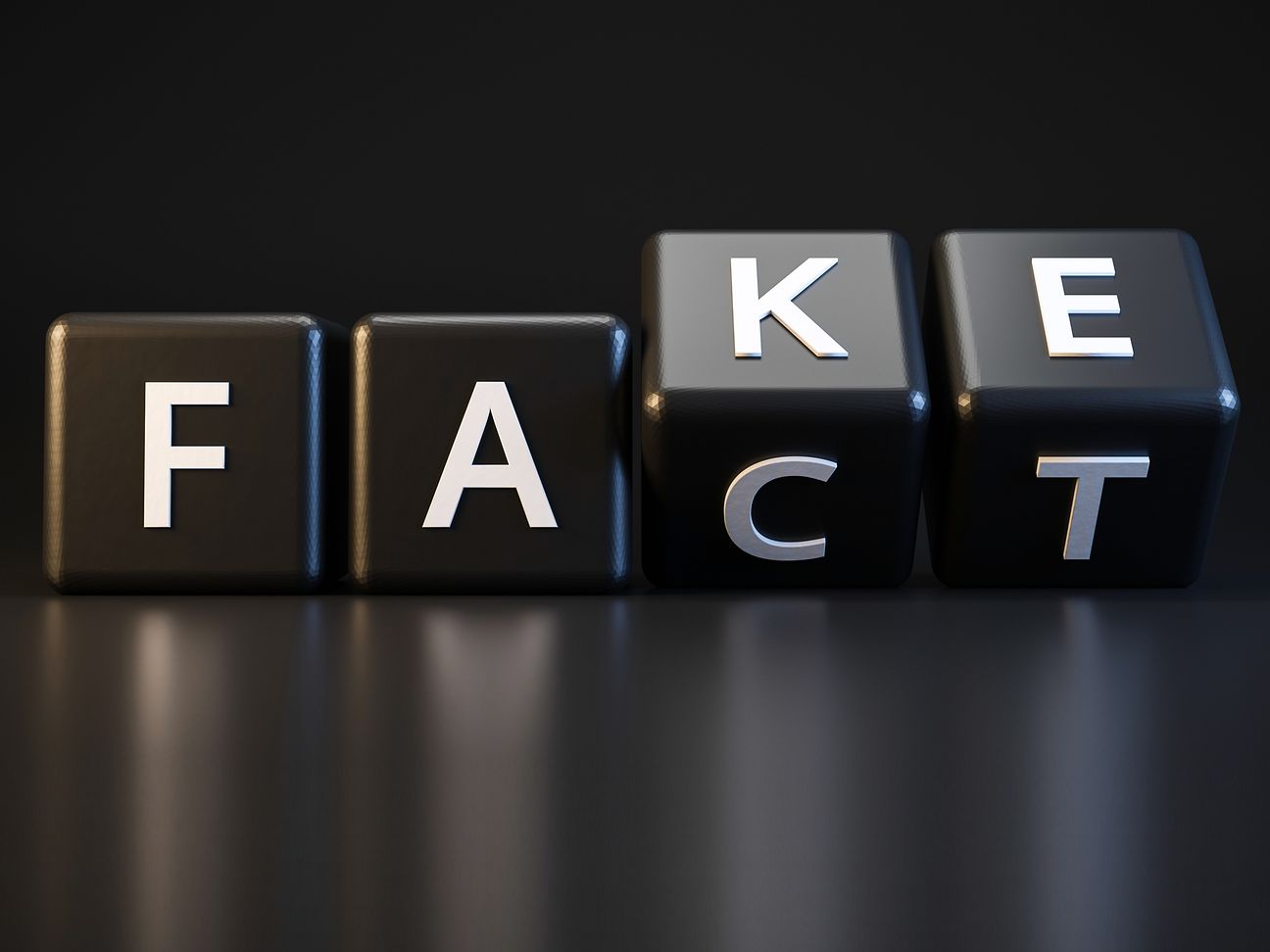

Facing fake news: What’s real and what’s fake?
Fake or real? We are increasingly asking ourselves this question, because fake news has become part of our everyday life. On the internet, in particular, fake news can spread like wildfire through retweets, shares, and comments.
The more often you read a story, the more credible it seems. The challenge: identify fake news – and stop it from spreading. But that’s easier said than done. How can you tell the difference between real and fake news? How does fake news influence our opinions? In the Telekom podcast “Digital Courage” Marike Mehlmann-Tripp from Corporate Responsibility at Deutsche Telekom talks about fakes and facts on the internet. Here are some excerpts from the podcast:
Many formats, one goal: disinformation
Fake news can be presented as fake or manipulated images and texts, incorrect connections between images and texts, or incorrectly interpreted facts from studies, for example. Or even falsified videos. But all fake news has one thing in common: it is all designed to impress or annoy, to generate as many likes and shares as possible.
How fake becomes fact
This turns the fake news into a kind of “fake truth”. A Shell Youth Study headed by the educational researcher Klaus Hurrelmann showed that many 12 to 25-year-olds believe in populist myths and conspiracy theories. According to a long-term study on trust in the media in Germany by the University of Mainz, 74 percent of Germans think fake news poses a real threat to society. 69 percent say that the state should pass laws against it.
Is fake news illegal?
Fake news can become criminally relevant under three legal aspects: as defamation or libel, and as hate speech. Potential legal infringements by manipulated videos or photos could also violate the right to one’s own image, the right to privacy, and copyright law.
In practice, a frequent problem with messages spread on the internet is that the author cannot be identified or contacted. Therefore, charges can only be filed against “unknown persons”.
Tracking down the truth: exposing fake news
Several handy tips can help you uncover fake news:
- Trust your gut feeling. Does anything appear strange to you? Think about it before you like or share.
- Pay attention to details and take a look at the publisher’s information.
- Keep an eye out for narratives and repeated expressions that are often used in fake news stories.
- Use fact-checking sites like Correctiv and Mimikama [German only]. If you don’t find anything there, conduct your own fact check. You can search for images with Google’s reverse image search, for example. It shows you all the web pages where an image has already been used – this often helps you determine if something is fake.
- Check videos with the YouTube data viewer.
- If you discover a fake news article, tell others about it. Post links to fact-checks and counterstatements.
Listen to the full podcast episode (in German) for more interesting information about fake news. Deutsche Telekom also presents initiatives that encourage responsible conduct in the digital world on Media sure! But secure. Education specialists will find input at Teachtoday and Scroller and adults can discover new perspectives via the #takepart-stories.

